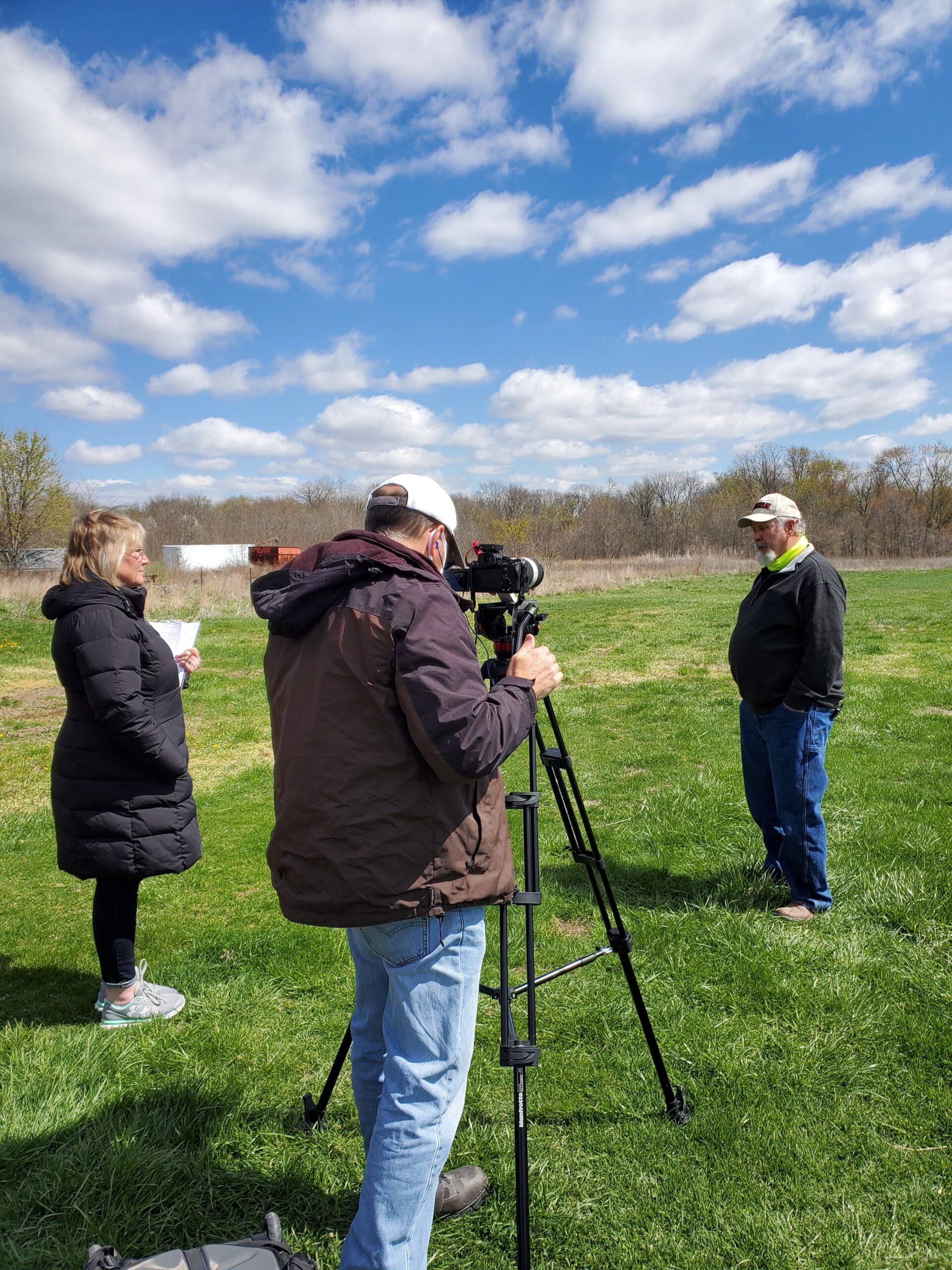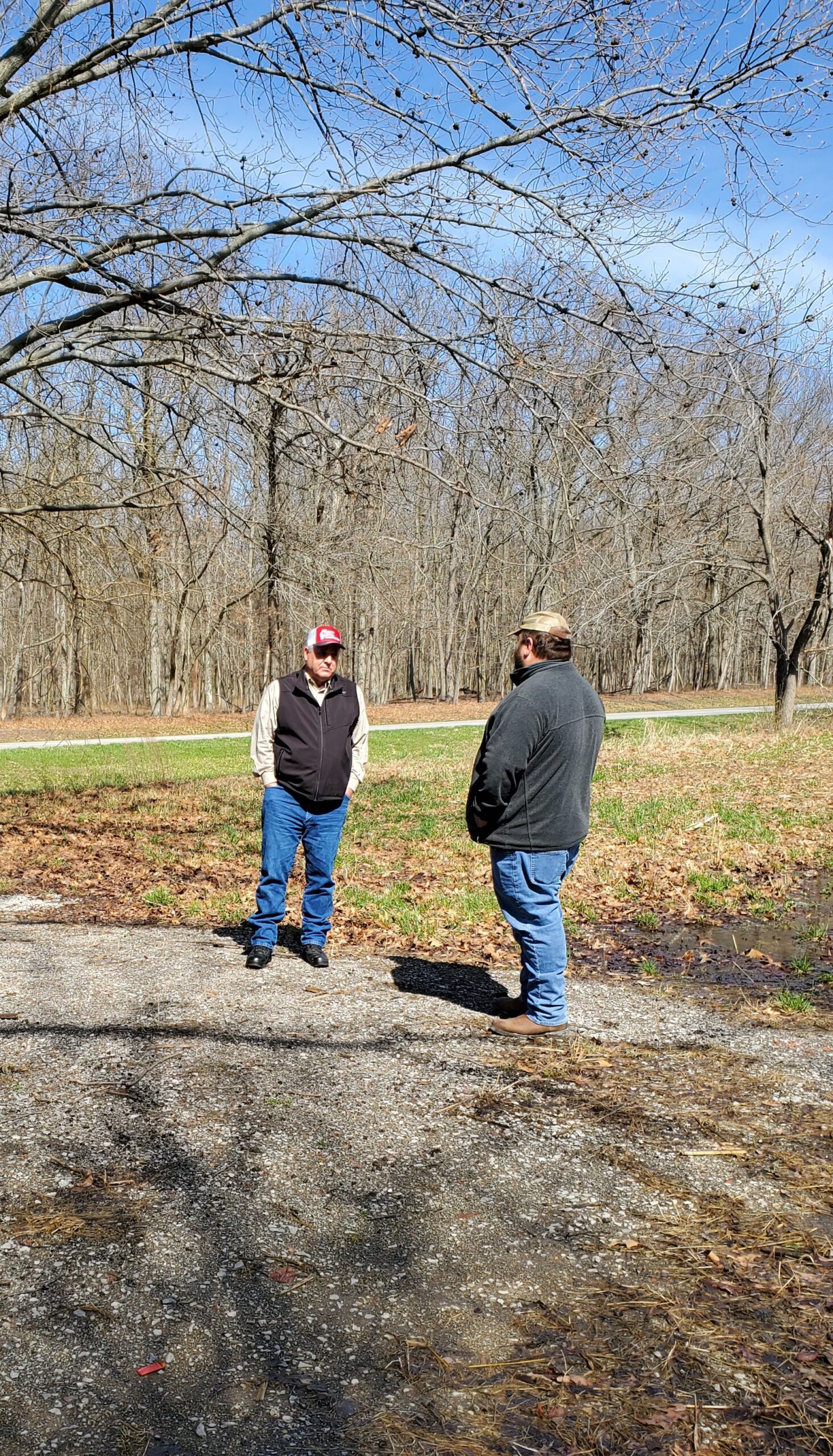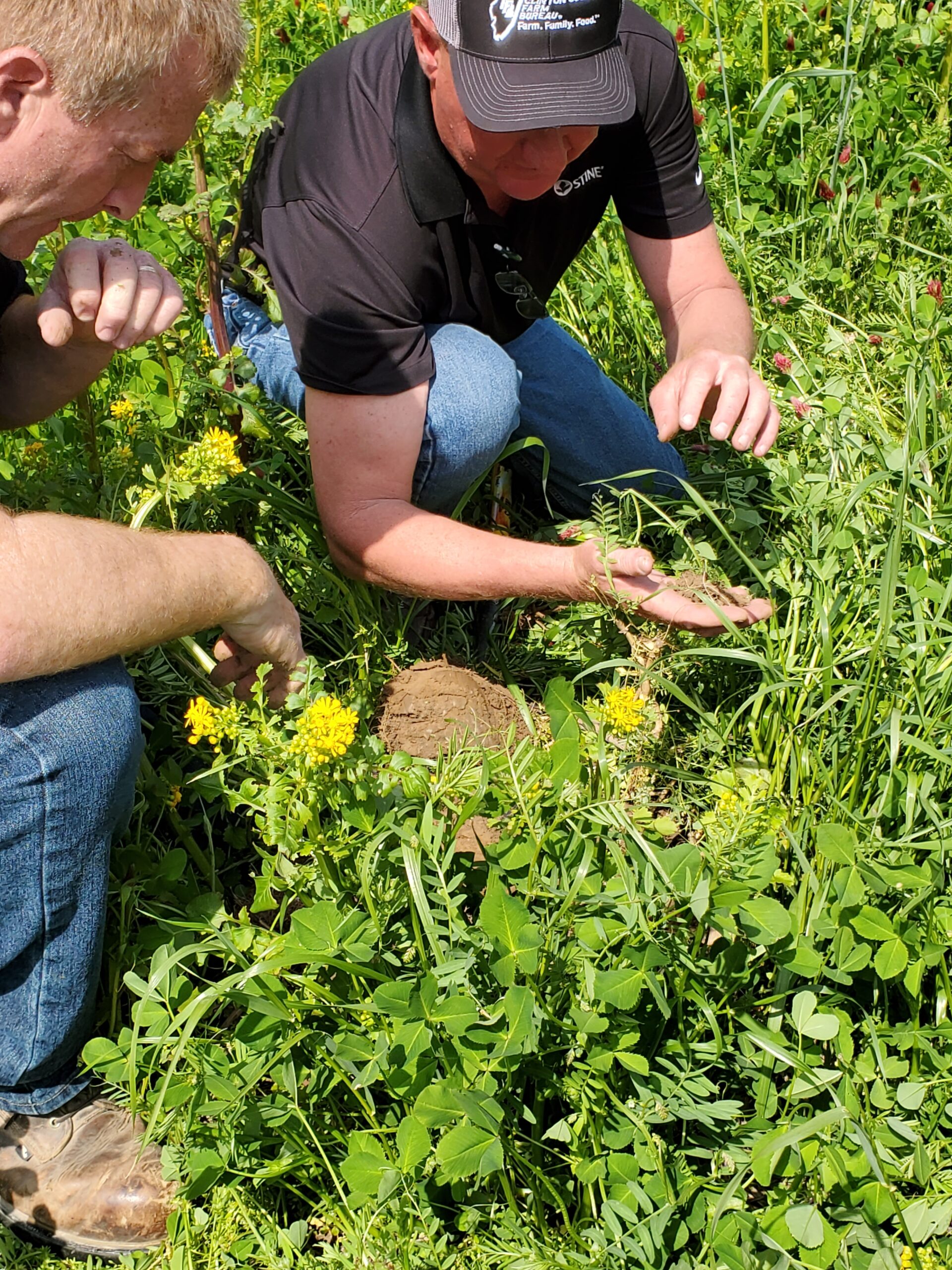Submitted by Illinois Farm Bureau
Managing nutrients on farms can be accomplished in different ways, depending on what farmers each have to work with in their fields. Farmers can certainly learn from each other, too, what works and what doesn’t. Illinois Farm Bureau (IFB) has a program that helps with that exchange.
IFB’s Nutrient Stewardship Grant Program this year features 21 projects across 28 counties, and county Farm Bureaus are hosting field days to showcase how farmers improve soil health and water quality to address the Nutrient Loss Reduction Strategy (NLRS) in the state.
The first three events were held this spring in Jefferson/Franklin counties, Sangamon County and Richland/Lawrence counties featuring cover crop use in watersheds. Here are some of the tips from the field days that could be useful for farmers, along with ideas of where to go for assistance if you want to try implementing some of these successful strategies.
Tip 1. Be patient.
Planting cover crops is a learn-what-works-as-you-go exercise. Most farmers speaking at the events found that after a few years, they see erosion control and weed suppression, followed by better soil health, greater water-holding capacity and reduced compaction, all at little added cost.
One area that requires patience is with finding the best timing for cover crop planting. One solution is to aerial seed into standing crops from a helicopter. Try dropping cover crop seed on a soybean field when the leaves turn yellow. Seed will land on bean leaves and fall to the soil when the leaves drop. In addition, some farmers prefer to plant corn or soybeans into green cover crops rather than planting after cover crop termination.
Tip 2. Use the right seed mix for the right purpose.
Farmers say that after several years planting cover crops, the increase in organic matter becomes evident and is partly due to seed selection and seed mix.
For example, if adding nitrogen to your soils is a goal, consider a proven 13-way seed mix of cow peas, sunn hemp, cahaba vetch, yellow sweet clover, crimson clover, sorghum sudan grass, millet, oats, rapeseed, turnips, sunflowers, buckwheat and phacella.
Want to attract bees? Adding canola to a rye and tillage radish mix will do the trick.
Finally, choose quality seed if you want to maximize the nutrient contribution to the soil.

Tip 3. Consider continuous cover to stop erosion in watersheds.
Several farmers at the field days so far list continuous cover as one of the best ways to stop erosion in their respective fields located in Illinois watersheds. Flat fields, especially near creeks and rivers that top their banks in the spring, will keep hold of the soil with a cover of cereal rye or wheat. Terminating the cover crop just prior to planting may maximize erosion control and limit nutrient loss in priority watersheds and help meet NLRS targeted objectives.
Tip 4. Minimize disturbance to improve water quality.
Better soil health has been proven to lead to better water quality. Making small changes to help enrich the soil with cover crops can bring on big long-term changes that include increased soil biodiversity and viable living root structures that will minimize soil disturbance and runoff.
Conservation best management practices (BMPs) are documented in watersheds to reduce sediment and nutrient flow and prevent algal blooms, so communities get better quality water.

Tip 5. Take advantage of available assistance.
Contact your county Farm Bureau, local USDA service office or soil and water conservation district to explore what cost-share dollars or grants might be available in your area to implement cover crop practices. Create a nutrient-management plan and continue to increase the number of acres using BMPs on your farm to improve soil health practices and reduce tillage.
Consider adding field borders and buffers, grass waterways and strips and other practices that filter field runoff as well. Funding assistance may be available through USDA’s Natural Resource Conservation Service (NRCS) or explore the Illinois Environmental Protection Agency’s 319 program or USDA’s Conservation Stewardship Program for other sources.
By funding conservation practice implementation, these and other programs reduce the nitrogen, phosphorus and sediment runoff into our waterways so we can help meet NLRS goals.
To learn more about the 2021 Illinois Farm Bureau Nutrient Stewardship Field Days, including where field days will be held this summer, click here.




 and then
and then